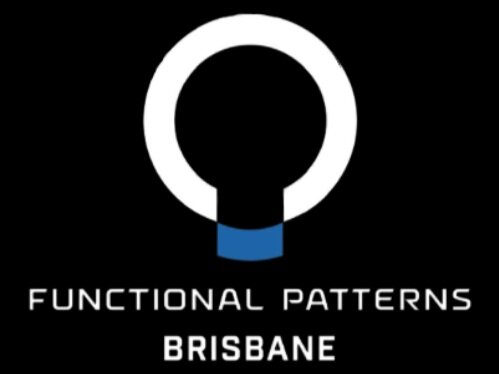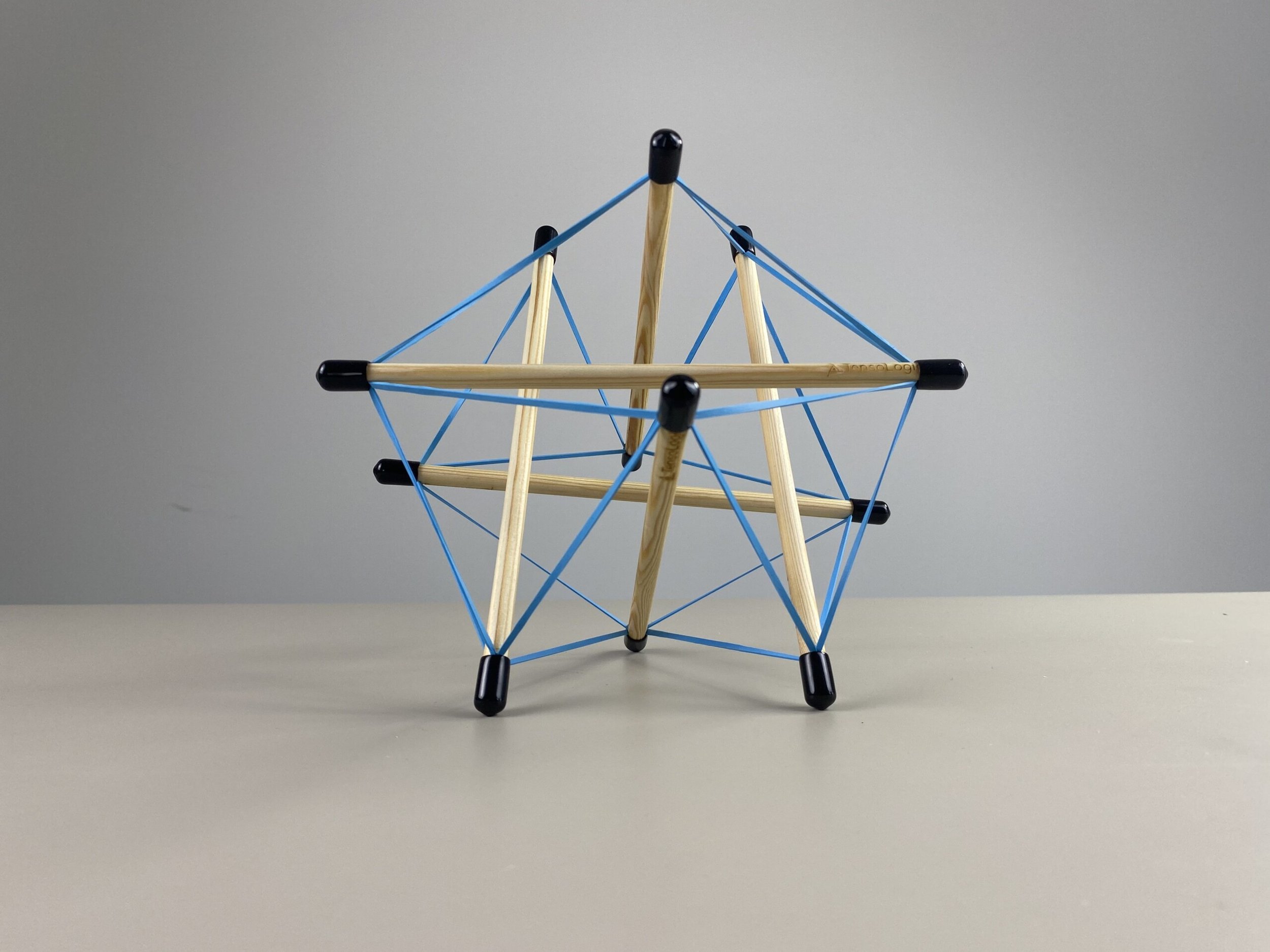Training To Strengthen Ehlers-Danlos Syndrome (EDS) Joints
Training For Hypermobility
People with Ehlers-Danlos Syndrome (EDS) and joint hypermobility often have a hard time finding an exercise program. They need one that does not make their symptoms worse. Traditional fitness advice often emphasises stretching or strength training. However, for hypermobile individuals, these methods can raise the risk of injury instead of easing pain.
At Functional Patterns Brisbane, we take a different approach. We focus on tensegrity, which is the balance of tension and compression in the body. By doing this, we help people with hypermobile EDS (hEDS) build strength, stability, and resilience.
Why Traditional Exercise Can Be Harmful for Hyper-mobile People
Most patients with EDS have excessive joint laxity because of weak or dysfunctional connective tissue. This means their muscles must work harder to compensate for unstable joints. Many common fitness approaches fail to address this, leading to:
Increased chronic pain from overstretching already lax joints
Poor movement mechanics reinforcing instability
Higher injury risk from hyper-extending during exercises
Worsened symptoms of Postural Orthostatic Tachycardia Syndrome (POTS)
We focus on tensegrity-based movement training instead of just flexibility or isolated muscle training. This approach strengthens the body as a whole system.
Building Stability Through Tensegrity
Tensegrity refers to the way structures maintain their shape through a balance of tension and compression. The human body works in a similar way. When muscle strength and movement coordination improve, individuals spread forces evenly. This reduces stress on hypermobile joints.
With EDS, there’s often a loss of this balance, leading to compensations that cause pain and dysfunction. By retraining movement mechanics, we can improve stability and reduce pain over time. EDS exercise
Integration vs. Isolation: Why It Matters
Many traditional training methods focus on isolated muscle exercises, but for individuals with hypermobility spectrum disorder, this can lead to instability and compensation patterns. Instead of isolating individual muscles, Functional Patterns emphasizes integrated movement, ensuring that joint stabilization, proprioception, and neuromuscular control develop together. This method helps the body work together. It reduces stress on weak joints and improves movement control in daily activities.
The Importance of Analysing Gait and Posture in EDS
People with hypermobile joints often develop inefficient movement patterns to compensate for instability, which can cause further dysfunction. Gait training and postural assessment allow us to identify these compensations and optimize biomechanics to minimise pain and prevent injuries. Focusing on how the kinetic chain works helps improve movement patterns. This approach corrects imbalances and supports better posture and joint stability.
The Role of Rotation Exercises for Joint Health
Traditional exercises often focus on sagittal plane movements (forward and backward), neglecting rotation and multiplanar movement. However, rotation exercises are crucial for soft tissue integrity, joint mobility, and functional rehabilitation in EDS. Incorporating controlled rotational movements helps to distribute forces evenly across the body, reducing joint strain and improving gait efficiency. By using all planes of motion, individuals with EDS can develop balanced strength and enhanced movement control that translates to real-world function.
The woman in this image had excessive hyper-mobility and mild scoliosis. She suffered from spinal compression and an inability to activate her deep core dispite years of gym-work. After doing Functional patterns she has reduced her scoliosis and decompressed her spine. Her range of motion is now far healthier.
Best Exercises for EDS and Hypermobility
Instead of isolated exercises, we use integrated movement patterns that enhance coordination, core stability, and postural alignment. Here are some of the best exercises for Ehlers-Danlos Syndrome that promote joint integrity and movement control:
1. Controlled Core Engagement
Lie on your back with knees bent and feet hip-width apart.
Engage your abdominal muscles gently without arching the back.
Hold for 10–15 seconds, then relax.
Why it helps: Stabilizes the spine and strengthens the deep core muscles that support movement.
2. Standing Postural Alignment
Stand with feet hip-width apart, engaging the core.
Keep knees slightly bent to avoid hyperextension.
Gently squeeze your shoulder blades together to activate the mid-back muscles.
Why it helps: Encourages proper standing posture without locking out hypermobile joints.
3. Functional Step Patterns
Step forward with control, keeping weight evenly distributed.
Avoid excessive hip drop or knee hyperextension.
Maintain a steady pace with an upright posture.
Why it helps: Builds strength in the thoracic spine and lower limbs without excessive joint strain.
4. Anti-Rotation Core Training
Stand with feet shoulder-width apart.
Hold a resistance band anchored to the side and resist twisting.
Engage the core and stay balanced.
Why it helps: Improves rotational control and joint stability, reducing compensations that can lead to pain.
Modifications for People with EDS (Ehlers-Danlos Syndrome)
Each person with hypermobile EDS has unique needs, so modifications are essential to avoid injury. Consider these adjustments:
Reduce range of motion: Avoid pushing into full joint extension.
Slow, controlled movements: Sudden forceful movements can cause joint subluxations.
Emphasize core control: A strong core provides a solid base for movement.
Limit high-impact activity: Running and jumping may worsen symptoms unless carefully managed.
The Role of Strength Training in Hypermobility
Strength training is crucial for those with EDS, but it must be done correctly. Traditional weightlifting programs often overload unstable joints, while Functional Patterns’ approach prioritizes:
Muscle coordination over brute strength
Gradual progression to avoid injury
Engaging multiple muscle groups for joint support
Optimizing movement patterns to reduce strain on connective tissue
We train movement instead of just focusing on single muscles. This helps patients with EDS build strength. It improves their quality of life and lowers the risk of injuries.
What the Research Says
A review on hypermobility and exercise found that aerobic exercise and strength training can help. They improve stability, reduce pain, and enhance function. However, the key to success is customizing exercises to prevent excessive strain on hypermobile joints.
Final Thoughts: Moving Forward with EDS and Functional Patterns
People with Ehlers-Danlos Syndrome shouldn’t have to choose between staying inactive or risking injury with traditional exercise. By training the body as a whole system, we can improve movement quality and stability for long-term relief.
If you’re looking for an exercise program that truly understands hypermobility spectrum disorder, Functional Patterns Brisbane can help. Our approach ensures that movement isn’t just pain-free—it’s efficient, sustainable, and life-changing.







